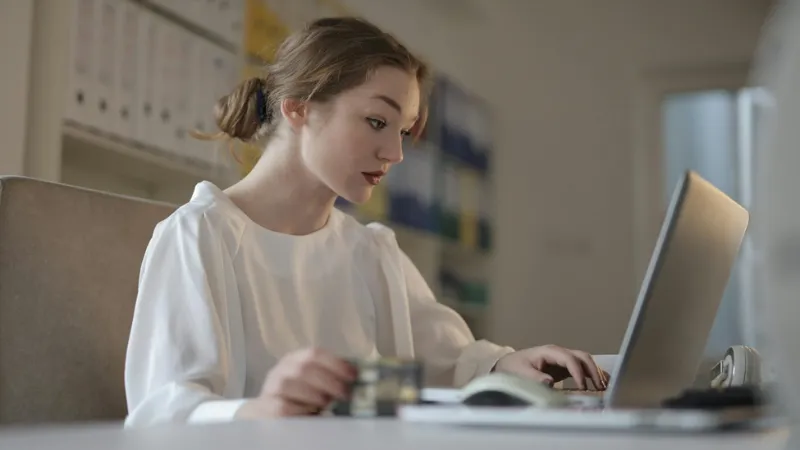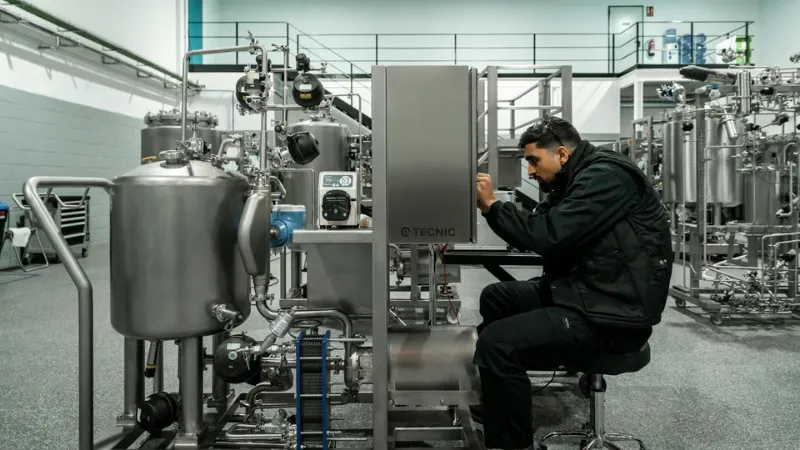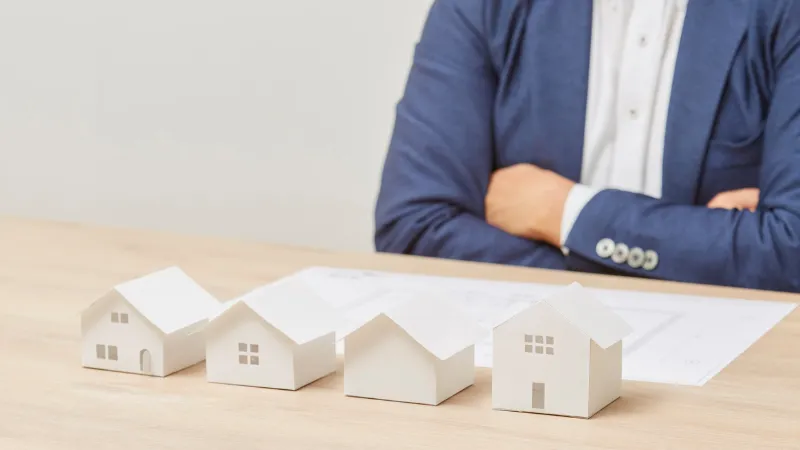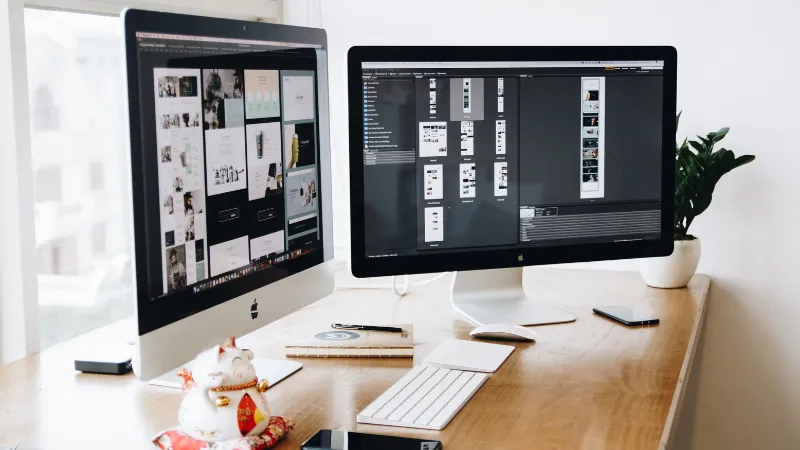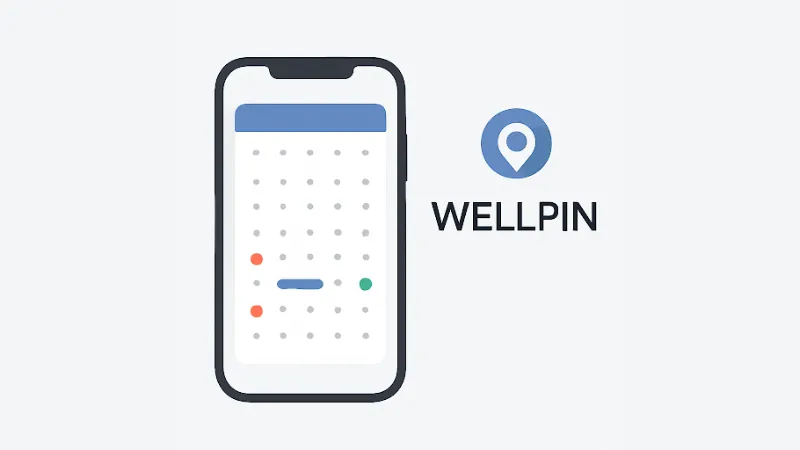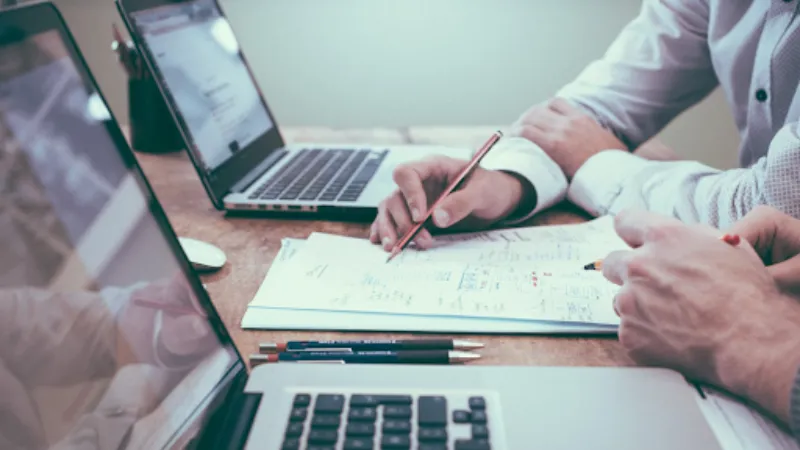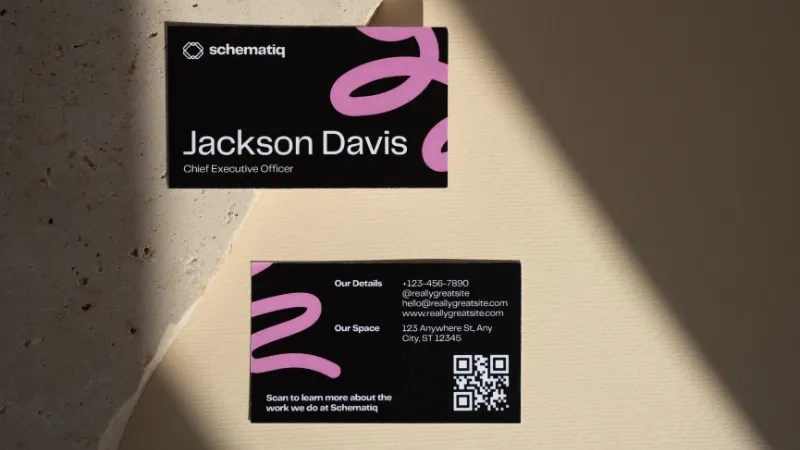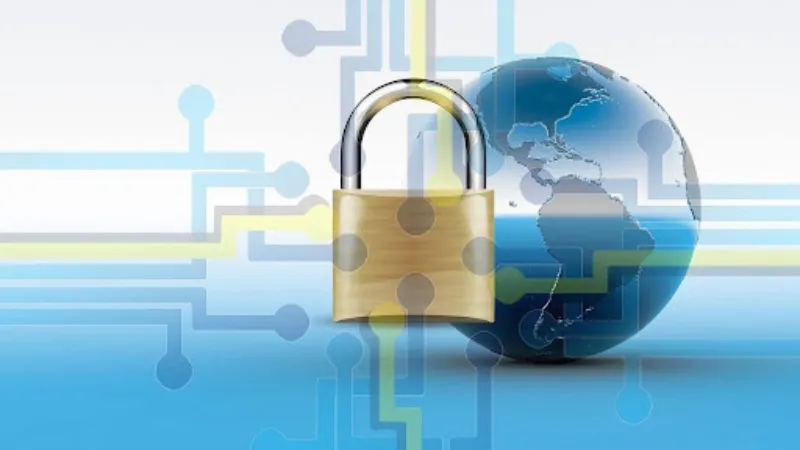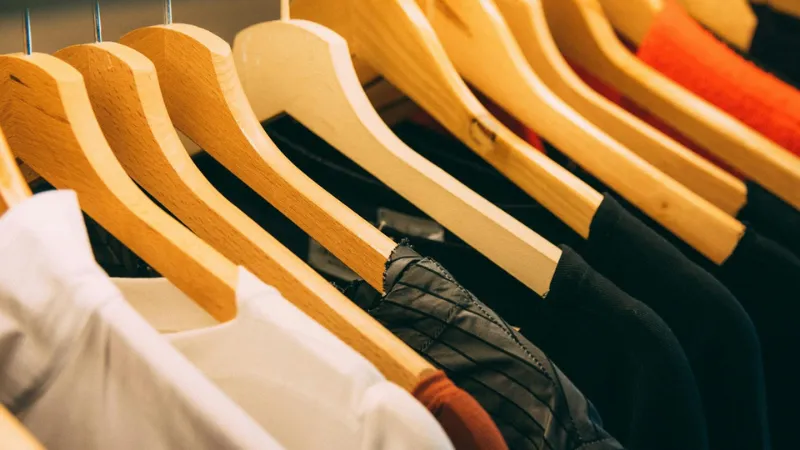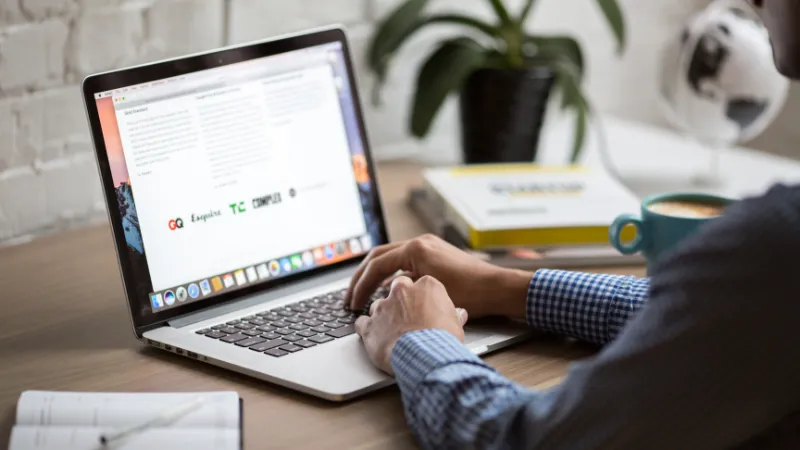When Should You Use a Breathalyser After Drinking to Stay Under the Limit? 5 Important Guidelines
May 23, 2025 | By Team SR

Knowing when to use a breathalyser after drinking is important for anyone who plans to drive. Many people are not sure how long it takes for alcohol to leave their system and worry about being over the legal limit the next day.
Using a breathalyser at the right time gives people a clear idea if they are safe to drive after drinking. This helps to reduce the risk of accidents and keeps everyone on the road safer.
Wait at least 30 minutes after your last drink before using a breathalyser to avoid residual mouth alcohol affecting the result.
It is important to wait at least 30 minutes after your last alcoholic drink before using a breathalyser. This gives time for any leftover alcohol in your mouth to clear, so that the reading shows your true blood alcohol level.
If you test too soon, the breathalyser may pick up alcohol that is still present in your mouth and not yet absorbed by your body. This can give a much higher reading than your actual level and may cause worry or confusion.
RECOMMENDED FOR YOU
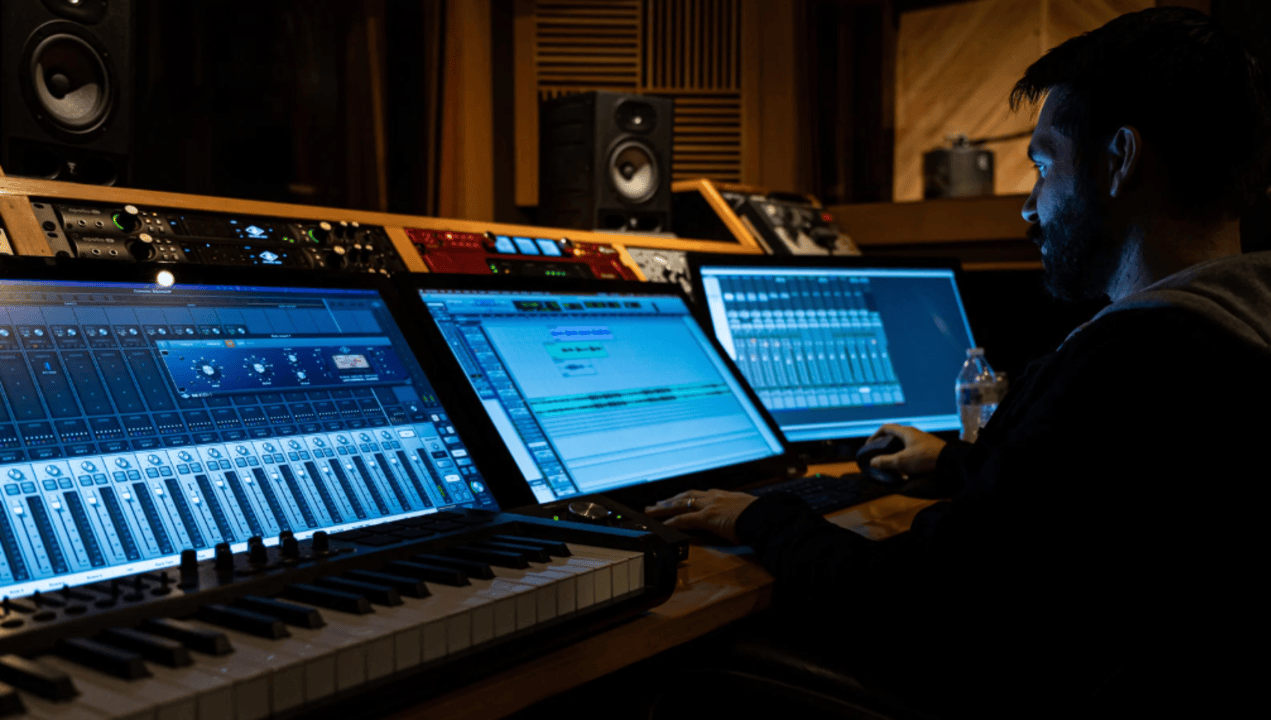
Lyric Videos: A Low-Cost Powerhouse in the Digital Music Marketing Toolkit
Team SR
Jul 8, 2025
When using personal breathalyser test kits, waiting will help to avoid mistakes caused by mouth alcohol. Try not to eat, drink, or use mouthwash during these 30 minutes, as these can also affect results.
Following this simple step can help people get a more accurate idea of their alcohol level before making decisions about driving or other activities.
Use the breathalyser once your body has metabolised the alcohol, typically 1 hour per standard drink consumed.
People process alcohol at different rates, but most will find that about one hour is needed to break down a single standard drink. This means if someone has two drinks, they should wait at least two hours before using a breathalyser.
A standard drink usually refers to a small glass of wine, a single shot of spirits, or half a pint of beer. Drinking more than this will increase the wait time needed.
It's common for alcohol to remain in the system a bit longer in some cases, depending on age, weight, gender, and how much food has been eaten. Using a breathalyser too soon after drinking may show a higher reading than expected.
To get a more accurate result that is closer to the legal limit, it is best to wait until the estimated time has passed for each drink consumed. This helps avoid reaching unsafe levels.
Avoid testing immediately after finishing drinking as it can give a falsely high reading due to alcohol in the mouth.
Testing right after drinking may not give an accurate result. This is because the device can detect alcohol left in the mouth, not just what has been absorbed by the body.
Mouth alcohol comes from drinks, as well as small amounts trapped by food or gum. This leftover alcohol can cause a falsely high reading that does not match the actual level in the bloodstream.
Most guidelines suggest waiting before using the device, usually around 15 to 20 minutes. This allows any leftover alcohol in the mouth to disappear, giving a result that better reflects true blood alcohol content.
Taking a breath test too soon raises the chance of a false positive reading. Drinking water or waiting can help clear the mouth, but it is still best to wait the recommended time.
Consider individual factors like weight, gender, and drink type, which affect how long alcohol stays in your system before testing
People process alcohol at different speeds. Weight is one of the biggest factors. Those who weigh more may absorb alcohol more slowly than those who are lighter.
Gender also affects how quickly alcohol leaves the body. On average, women break down alcohol at a slower rate than men.
The type of drink matters as well. Spirits, beer, and wine all have different alcohol content. Stronger drinks will affect blood alcohol levels more quickly.
Eating before drinking can slow down how fast alcohol enters the bloodstream. Those who drink on an empty stomach may feel the effects much sooner.
All of these things matter when thinking about when to use a breathalyser. It is not just about the time since the last drink. Each person may have a different experience with the same amount of alcohol.
Do not rely solely on a breathalyser; if unsure, wait longer or avoid driving altogether.
Some people may use a breathalyser to check if they are safe to drive after drinking. However, these devices can sometimes give inaccurate readings. Factors such as how recently someone drank or ate can affect the results.
Even if a breathalyser shows a low reading, alcohol can still be in their system. The amount of alcohol in the body can rise after the last drink, making it risky to drive soon after testing.
If anyone feels uncertain about their level of alcohol, it is safer to wait longer before getting behind the wheel. Driving while even slightly over the limit can have serious consequences.
It is always better to avoid driving altogether if there is any doubt. Walking, taking a taxi, or asking a friend for a lift are safer choices. This helps keep everyone on the road safe.
Conclusion
Timing matters when deciding to use a breathalyser after drinking. Alcohol can remain detectable for up to 24 hours, with the timeframe depending on the amount consumed and individual factors such as metabolism.
It is best to wait several hours after your last drink before testing, as everyone processes alcohol at a different rate. Using a breathalyser before driving can help lower the risk of being over the legal limit the next day.
When in doubt, it is safer to wait longer or use testing as an added safety step. Patience and caution can help prevent accidental drink driving.


 Follow us
Follow us Follow us
Follow us

